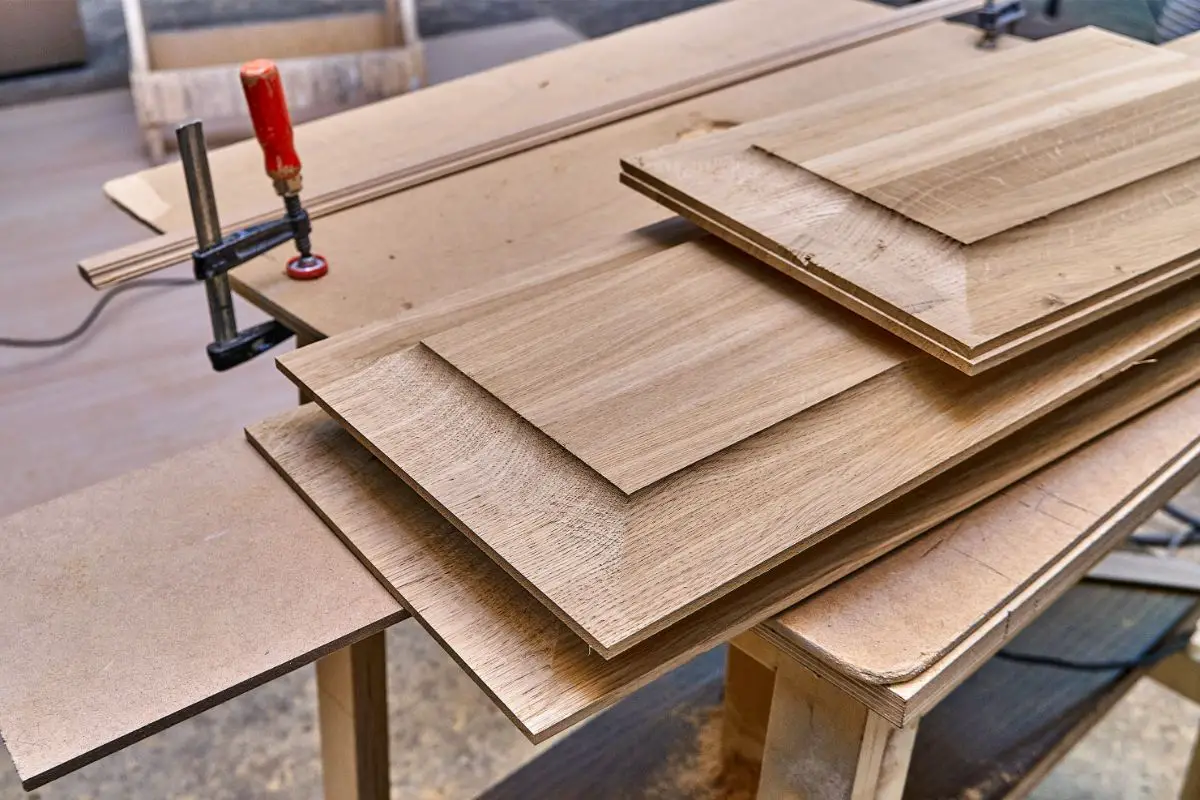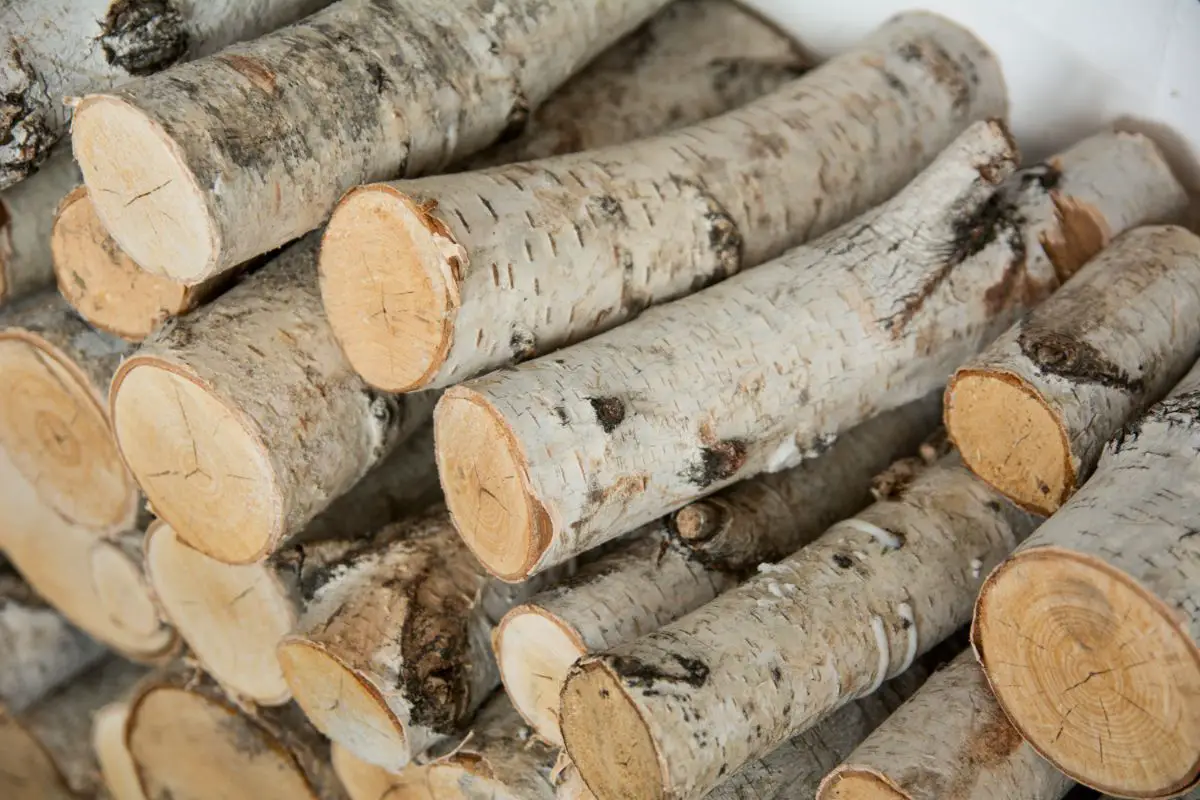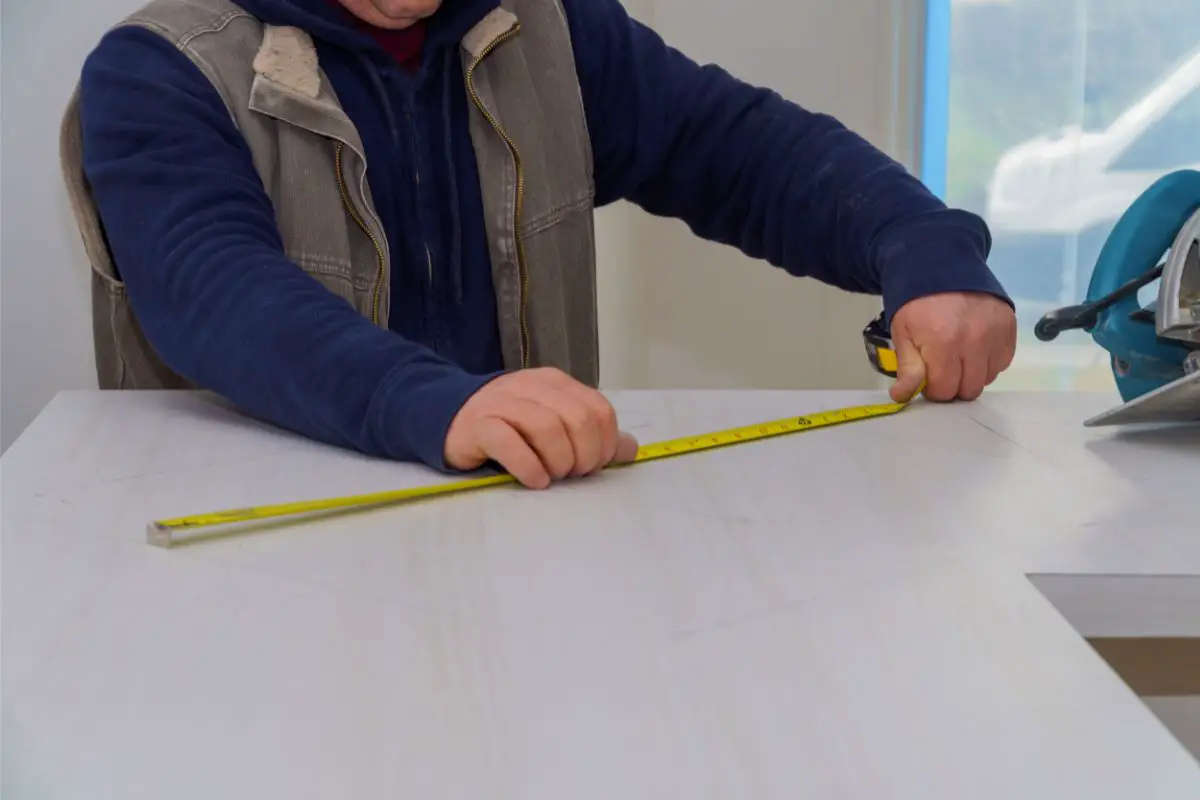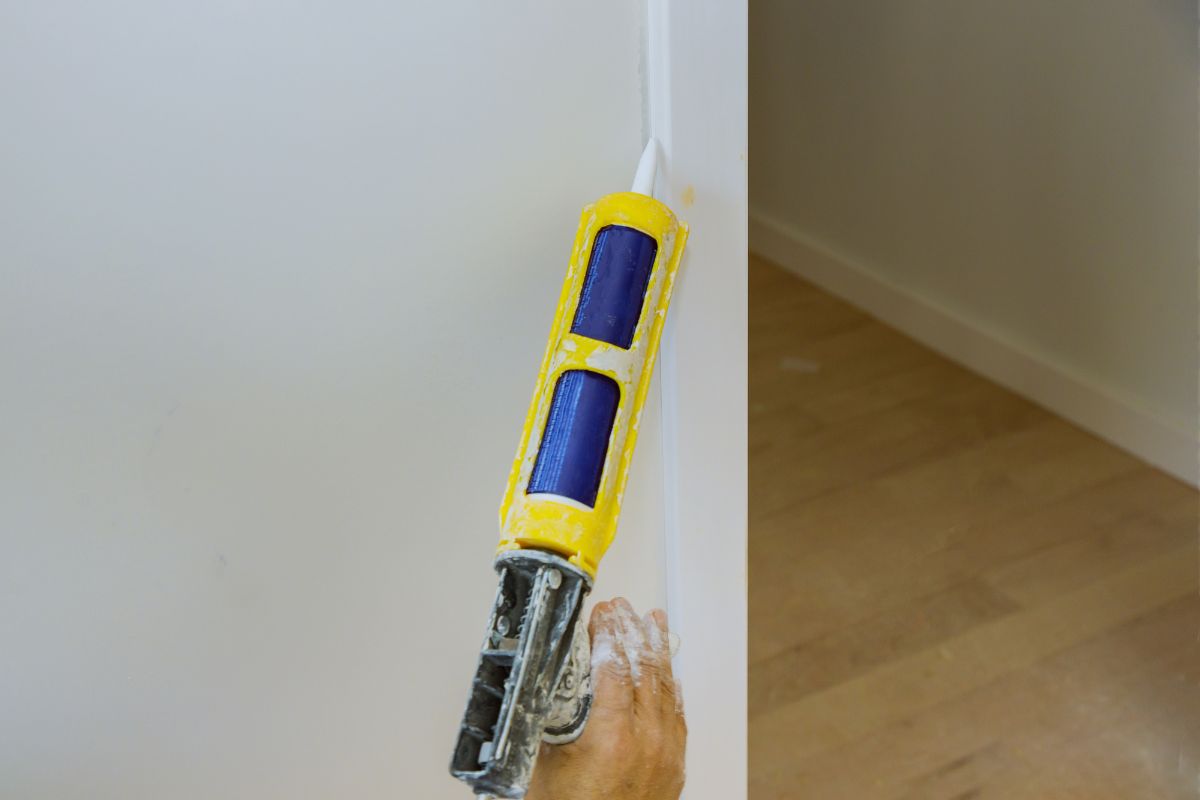In modern times, it is certainly true that we have never had so many materials at our disposal – allowing us to experiment more with sturdiness, texture, and strength, and to choose the right materials for the jobs that we have to do.
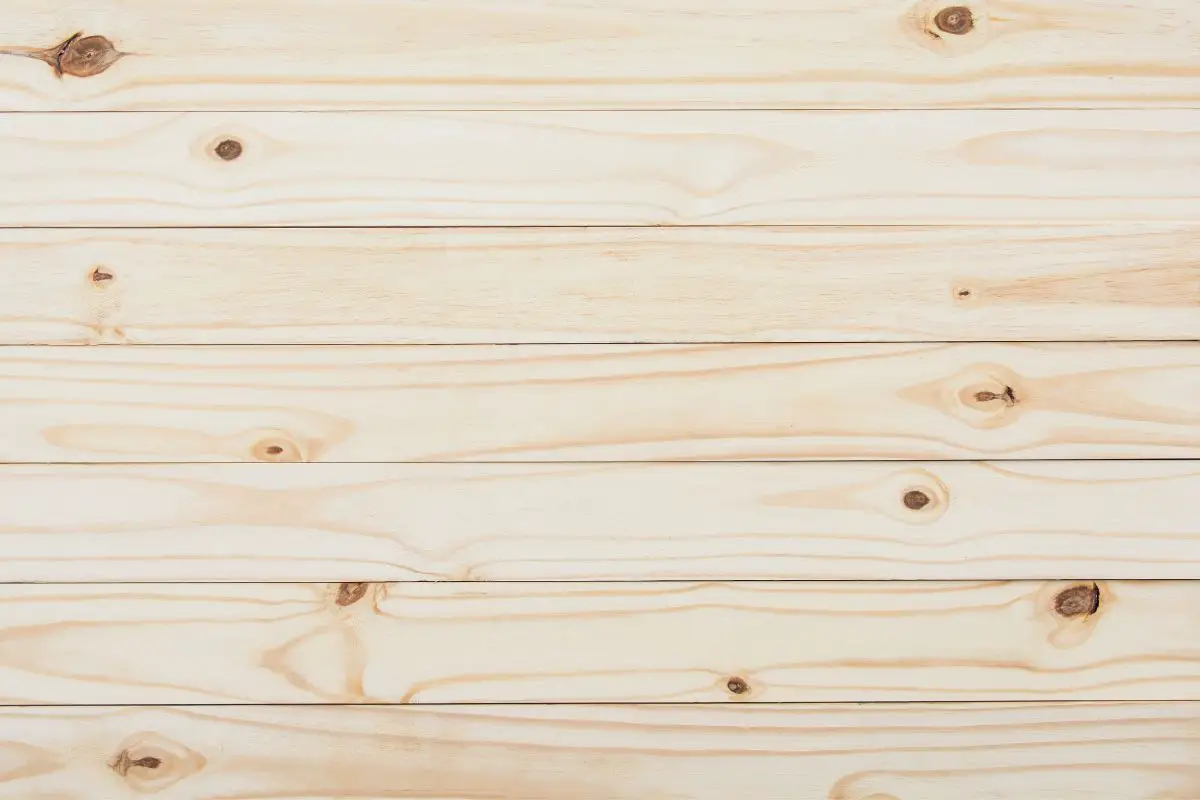
One material that has become popular in recent years is rubberwood. But what exactly is it, what is it used for, and what desirable properties does it have?
What Exactly Is Rubberwood?
Rubberwood is a light colored, medium density tropical hardwood that is derived from the Para Rubber Tree – also known as Hevea brasiliensis, which is usually grown on rubber plantations.
These trees were initially located solely in South America, where they were fixtures within the floral fabric of the Amazon rainforest.
However, due to popularity and their widespread versatility amongst a number of different applications, they were introduced to various other countries around the world – including Brazil and Peru, where their introduction and cultivation sparked a wood boom in certain regions.
What Makes Rubberwood So Desirable?
There are of course many reasons why rubberwood remains such a sought after and popular form of wood used by many.
Attractive
One of the main reasons why rubberwood is so popular is because of how attractive it is.
One of the more visually interesting types of wood, rubberwood has a distinctive grain that makes it a great choice for furniture and consumer items.
Rubberwood also has a fairly light natural brown color, which makes it highly versatile – able to be stained darker colors, painted other unnatural colors, and allows it to blend more seamlessly with other furniture and design accessories.
Durable
Rubberwood is also very durable – something that has long since made it popular in numerous industries around the world.
This of course makes it a suitable material for furniture and flooring – due to the fact that it can support plenty of weight. This gives it a sense of longevity, meaning that owners get their money’s worth.
It also doesn’t warp or crack from temperature changes, and is more resistant to pests and natural decay – meaning that it is one of the most hardy and long lasting materials on the market.
Cost-Effective
Rubberwood is also extremely cost-effective – at least as far as similar types of wood go. This means that you are essentially getting a hardy, long lasting wood for much cheaper than similar types like rosewood and teak.
This means that it is a suitable product for companies to use in the manufacturing of plywood, veneers, particleboard, and all manner of other composite materials used in the construction industry.
Sustainable
In modern times, we are far more concerned with the state of the planet, and combating climate change. This makes rubberwood another popular choice for many, as it is considered one of the most sustainable types of wood on the planet.
This is due to the rate at which the rubberwood tree, which is quick compared to other trees.
The benefit of the rubberwood tree is that it only needs sunlight, rain, and minor shade to grow, and is grown in plantations specifically designed to facilitate this basic need.
Easily Worked
Another benefit for those in the manufacturing industry is that rubberwood is easily worked – more so than other kinds of wood (see also “What Is Manufactured Wood?“) – which makes manufacturing furniture and other household items far easier, time saving, and cost-effective.
It can also easily be worked with simple hand tools – meaning that artisan craftsmen and large manufacturers alike can make a sustainable living from this item.
Heat Resistant
Rubberwood is also remarkably resistant to heat – something that makes it superior to other forms of wood that can be prone to warping and catching fire when dried out or exposed to temperature changes.
Even when a naked flame touches the surface, rubberwood is more than capable of withstanding the heat without catching fire and causing damage – making it safer for building in warmer climates where forest fires are commonplace.

What Are The Disadvantages?
However, as with any material, there are some disadvantages that make rubberwood unsuitable for certain applications.
Perishable
While it is considered one of the most durable and hardy woods on the planet, rubberwood is remarkably susceptible to insect damage and parasites – something that can render the wood useless and weakened over time.
This means that it needs to be stored correctly once it has been harvested, and treated properly once made into products – otherwise they will run the risk of termites and other species of insects taking hold and weakening them beyond repair.
It can also be susceptible to warping during extreme weather, meaning you should only use rubberwood furniture indoors.
Allergy-Prone
Perhaps surprisingly, rubberwood can also trigger allergies in people more so than other forms of wood.
This is due to the fact that rubberwood may include latex – something that can cause allergic reactions in those who have a latex allergy.
What’s more, like most woods, rubberwood is kiln fired and treated in various ways – many of which include the use of viscous, harmful chemicals.
This means those with sensitivities to various industrial chemicals may experience some reactions if they come into extended contact with the wood.
For more information on this, it is always better to check with the manufacturer to be completely sure before purchasing – especially if it is for furniture that could well be in your home for many years to come.
Final Thoughts
In modern construction, it is certainly true that there are numerous materials available to us – allowing us to approach any job in the right manner, and with the right tools at our disposal.
However, as this article shows, there are some materials that are just a little better than others – offering versatility, reliability, and a good finish that lasts for as long as possible.
So if you are looking for your new favorite material, then look no further than rubberwood!
If you enjoyed this post, you might like our article about ‘What Is Lucite?‘.
- What Kind of Room Has No Doors or Windows? - December 1, 2023
- What is a Powder Room? - December 1, 2023
- What Is a Kitchenette: Exploring the Features and Benefits of a Compact Kitchen - December 1, 2023

